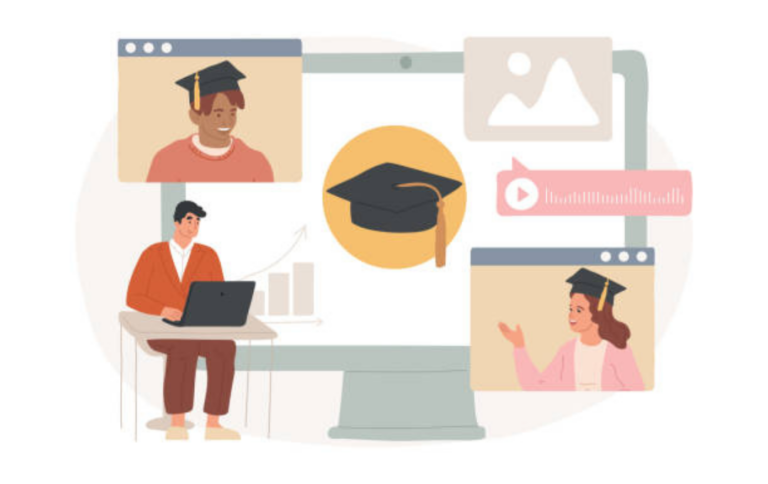Creating Engaging and Effective Training Videos for Diverse Employee Needs

Creating Engaging and Effective Training Videos for Diverse Employee Needs – The demand for engaging and effective training videos tailored to diverse employee needs is more critical than ever. Training videos have become a cornerstone of modern learning and development strategies, offering a versatile and accessible way to deliver information.
To truly meet the needs of a diverse workforce, organizations must create training videos that are not only engaging but also effective in addressing the unique learning styles, preferences, and backgrounds of their employees.
This article explores the key strategies and best practices for creating training videos that resonate with a diverse audience, ensuring maximum impact and knowledge retention.
Read: Beyond Performance Metrics: Supporting the Whole Employee Through eLearning
Engaging and Effective Training Videos: The Foundation of Learning
Engagement is the key to successful training videos. When employees are actively engaged in the learning process, they are more likely to retain information and apply it in their roles. Effective training videos go beyond simply presenting information; they captivate the audience, stimulate interest, and encourage participation.
By incorporating interactive elements, storytelling techniques, and visual aids, training videos can transform mundane content into compelling learning experiences.
Understanding Diverse Employee Needs: A Multifaceted Approach
Diversity in the workplace encompasses a wide range of factors, including cultural backgrounds, learning styles, language preferences, and accessibility requirements. To create training videos that resonate with a diverse audience, organizations must adopt a multifaceted approach that considers the unique needs of each individual.
By conducting thorough audience analysis and incorporating inclusive design principles, training videos can be tailored to accommodate various learning preferences and ensure accessibility for all employees.
Designing for Engagement: Strategies for Success
Creating engaging and effective training videos requires a thoughtful approach to design. From scriptwriting to visual elements, every aspect of the video plays a crucial role in capturing the audience’s attention and delivering the intended message.
Incorporating storytelling techniques, real-life scenarios, and interactive quizzes can enhance engagement and promote active learning.
Additionally, utilizing a mix of visual and auditory cues can cater to different learning styles and ensure maximum comprehension.
Tailoring Content to Diverse Needs: Personalization is Key
Personalization is a powerful tool in creating training videos that resonate with diverse employee needs. By offering customizable learning paths, language options, and content formats, organizations can empower employees to engage with the material in a way that suits their preferences.
Adaptive learning technologies can further enhance personalization by adjusting the pace and difficulty of the content based on individual performance, ensuring that each employee receives a tailored learning experience.
Measuring Effectiveness: Evaluating Impact and Success
To ensure the effectiveness of training videos for diverse employee needs, organizations must establish clear metrics for evaluating impact and success. By tracking engagement levels, knowledge retention rates, and feedback from employees, organizations can gain valuable insights into the effectiveness of their training videos.
Continuous assessment and feedback loops enable organizations to refine their content and delivery methods, ensuring that training videos remain relevant and impactful for a diverse workforce.
Feedback and Iteration: Continuous Improvement for Maximum Impact
Creating engaging and effective training videos is an ongoing process that requires feedback and iteration. Organizations should actively seek input from employees to understand what resonates with them and what could be improved.
By analyzing metrics such as completion rates, quiz scores, and feedback surveys, organizations can identify areas for enhancement and refine their training videos to better meet the diverse needs of their workforce.
Conclusion
Creating engaging and effective training videos for diverse employee needs is a multifaceted process that requires careful planning, creativity, and a deep understanding of the target audience.
By incorporating interactive elements, personalization strategies, and inclusive design principles, organizations can develop training videos that resonate with employees from all backgrounds and learning styles.
Through continuous evaluation and refinement, organizations can ensure that their training videos remain a valuable tool for enhancing employee skills, knowledge, and performance in today’s diverse workplace.






